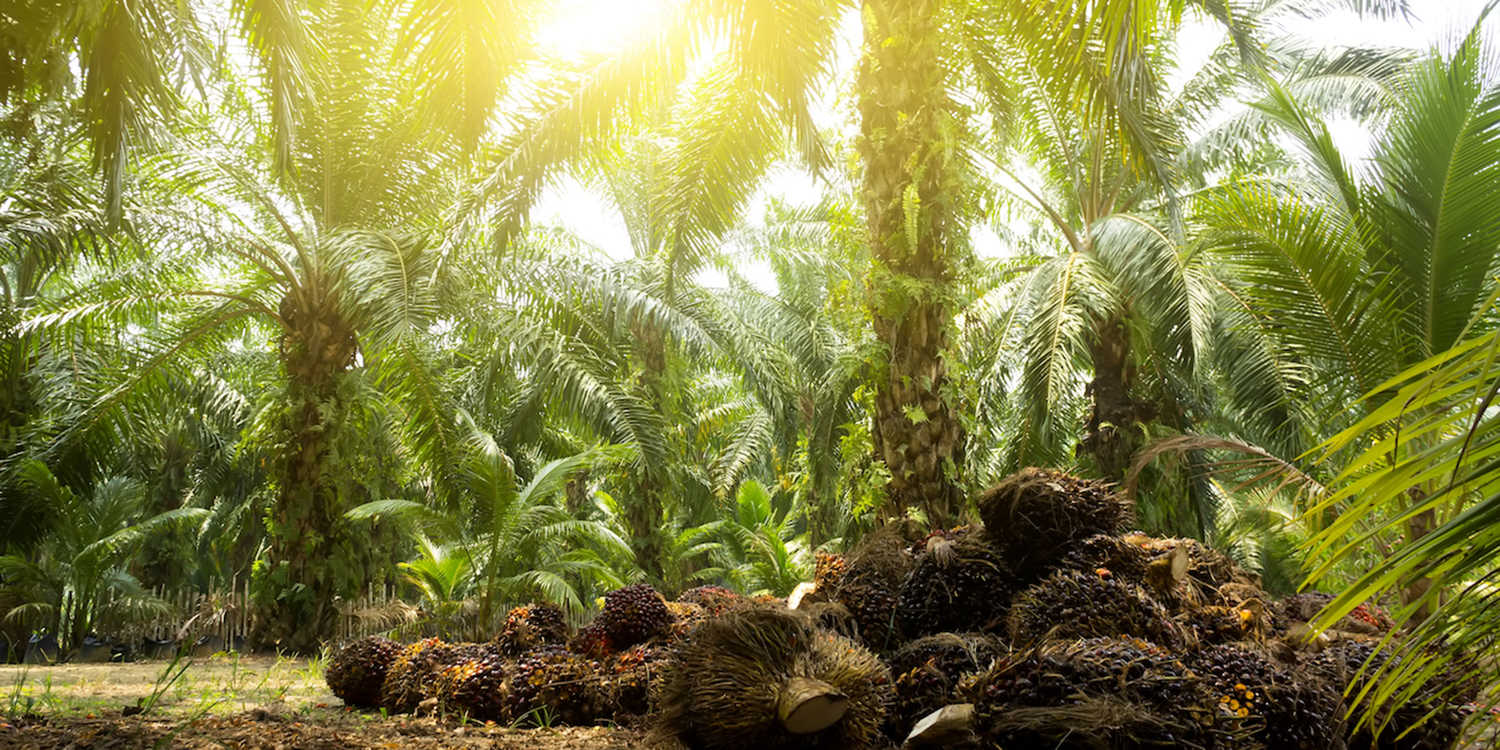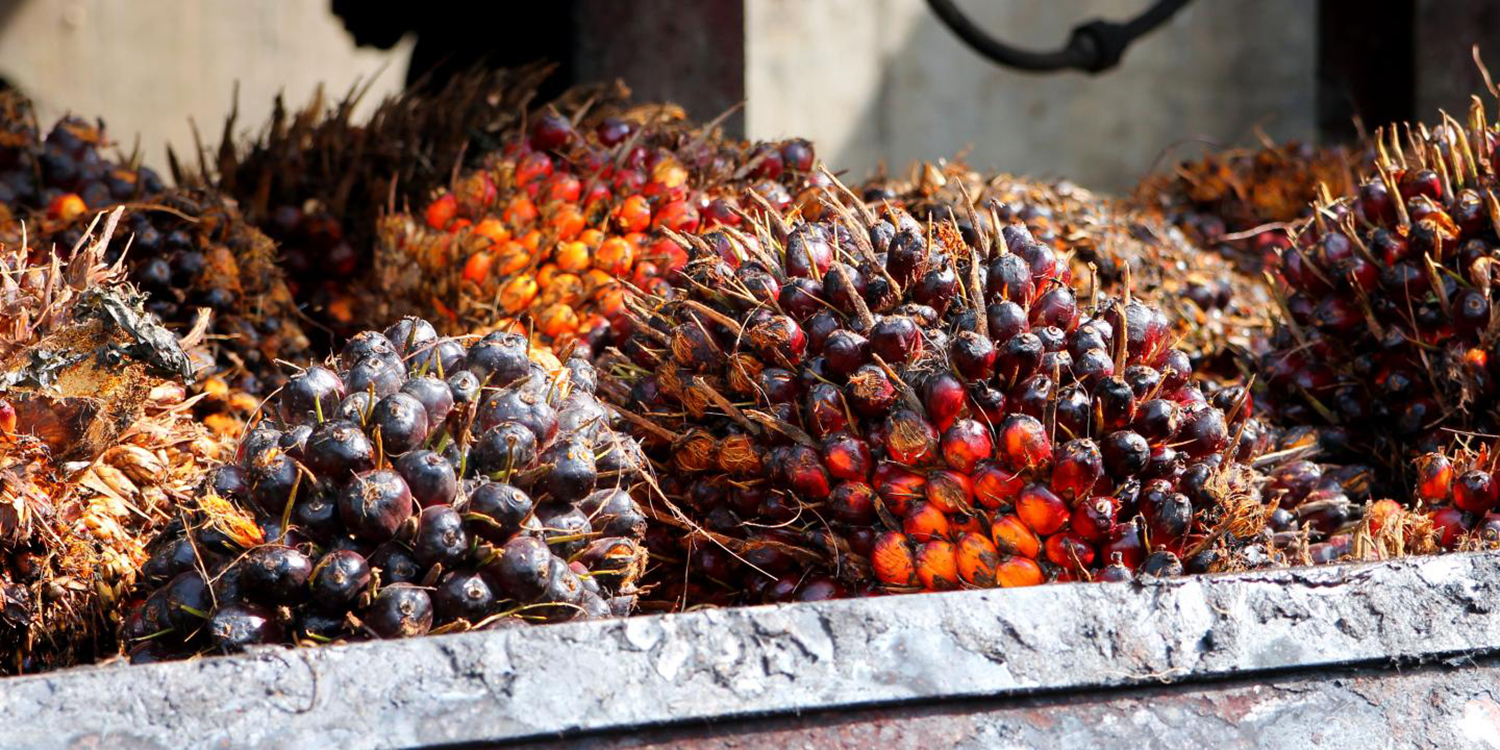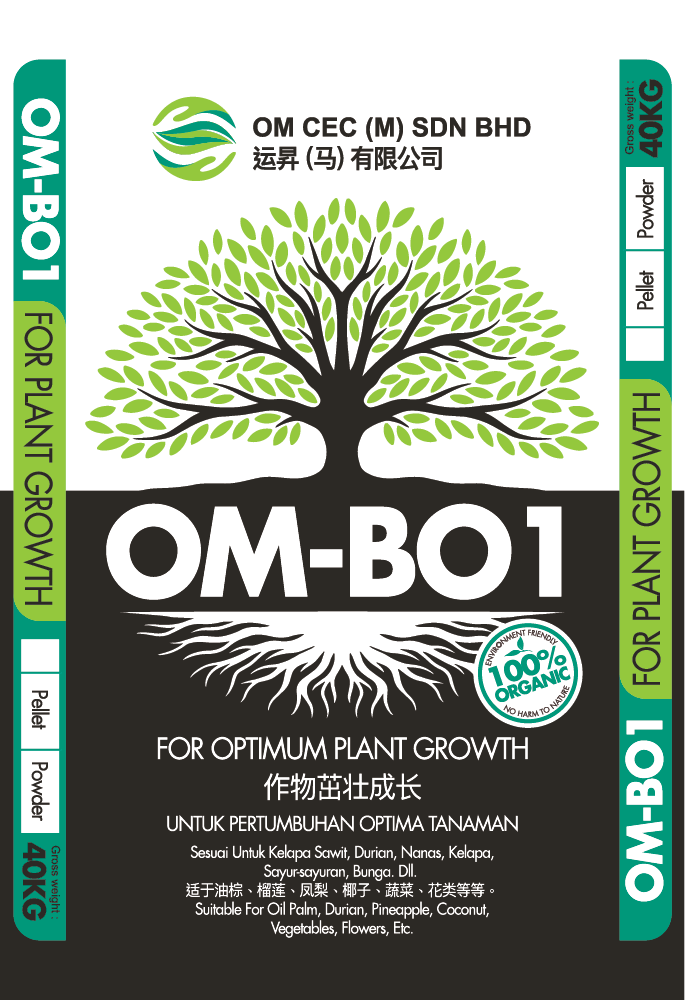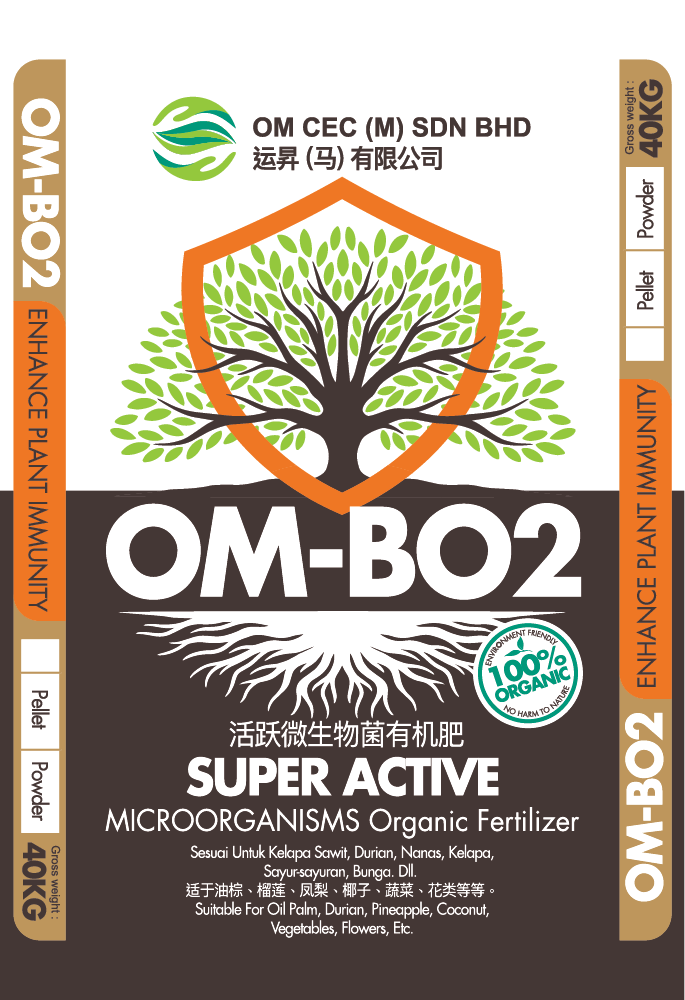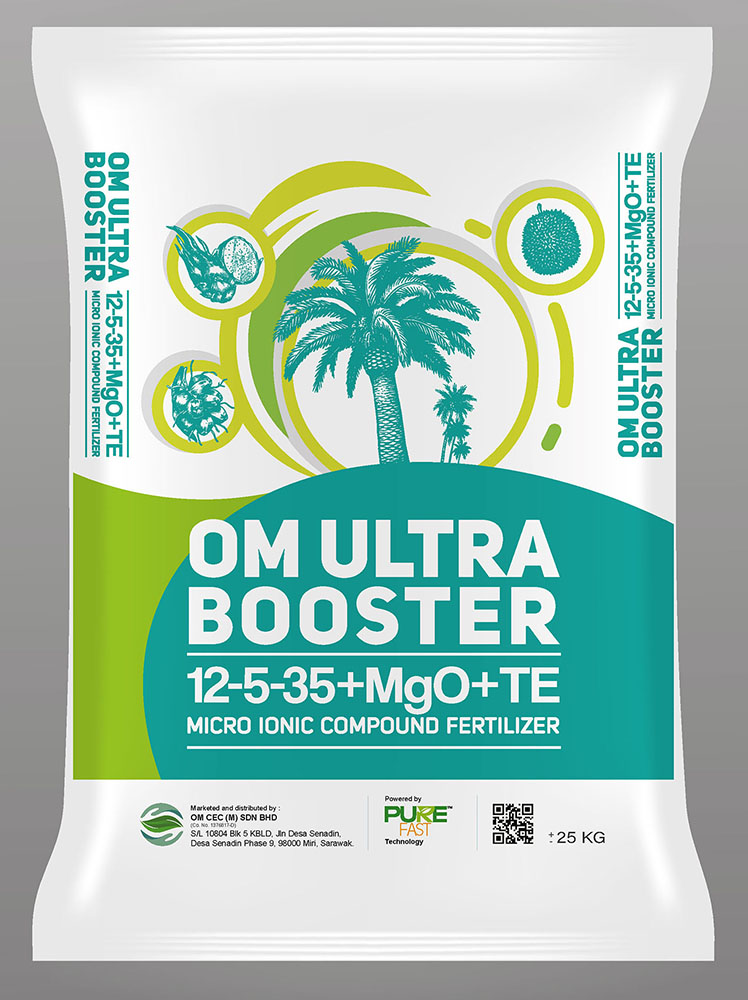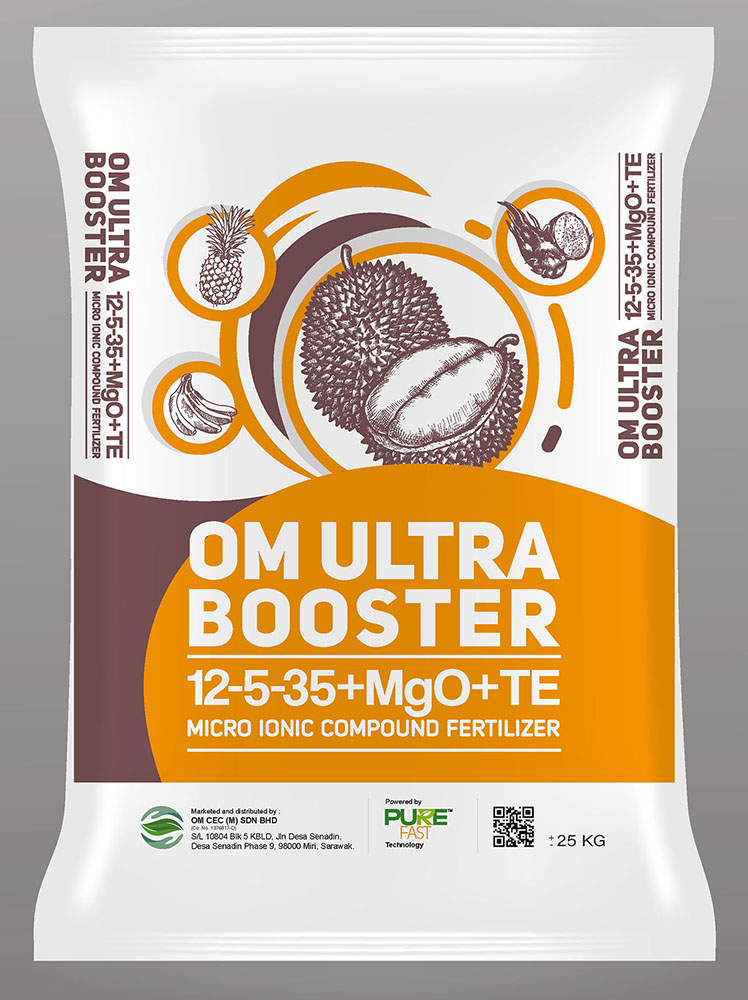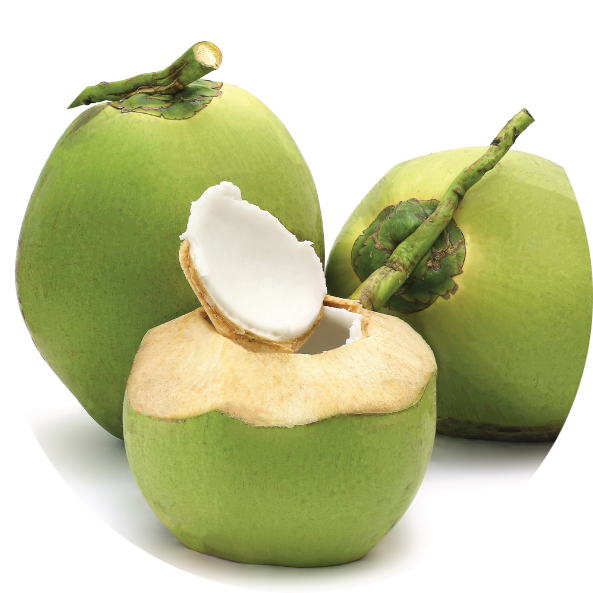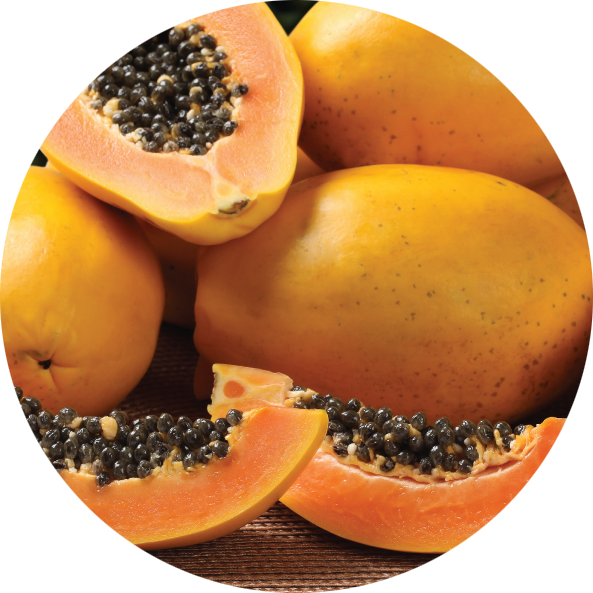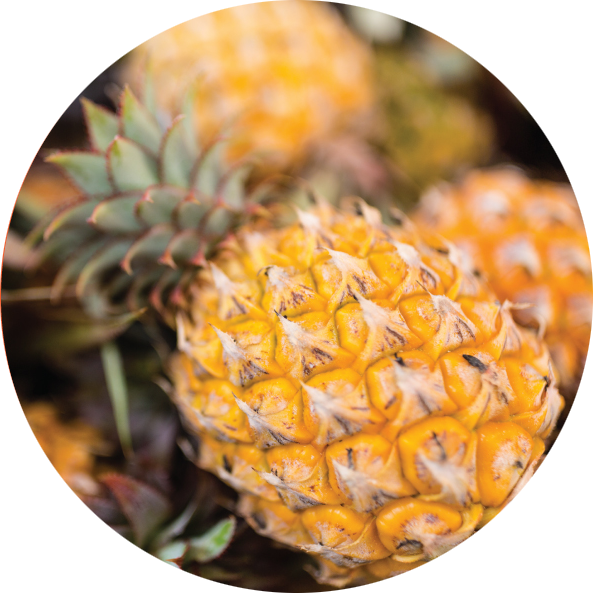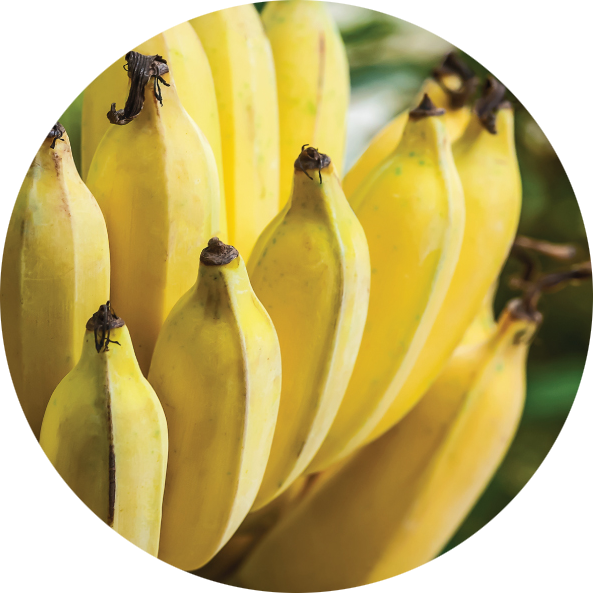Introduction
OM CEC (M) Sdn Bhd specializes in organic fertilizer made from organic matter. We also offer conventional fertilizer for specific needs. Based in Malaysia, we currently manufacture our fertilizers in our factory in Miri, Sarawak. Besides using both locally sourced and imported ingredients, we also create our own fish protein bacteria for our special formula. Our products are supplied to oil palm plantations, farmers and orchard growers.
We aim to provide the best environmentally friendly organic fertilizer, making our products available internationally, and helping plants thrive as we grow.


